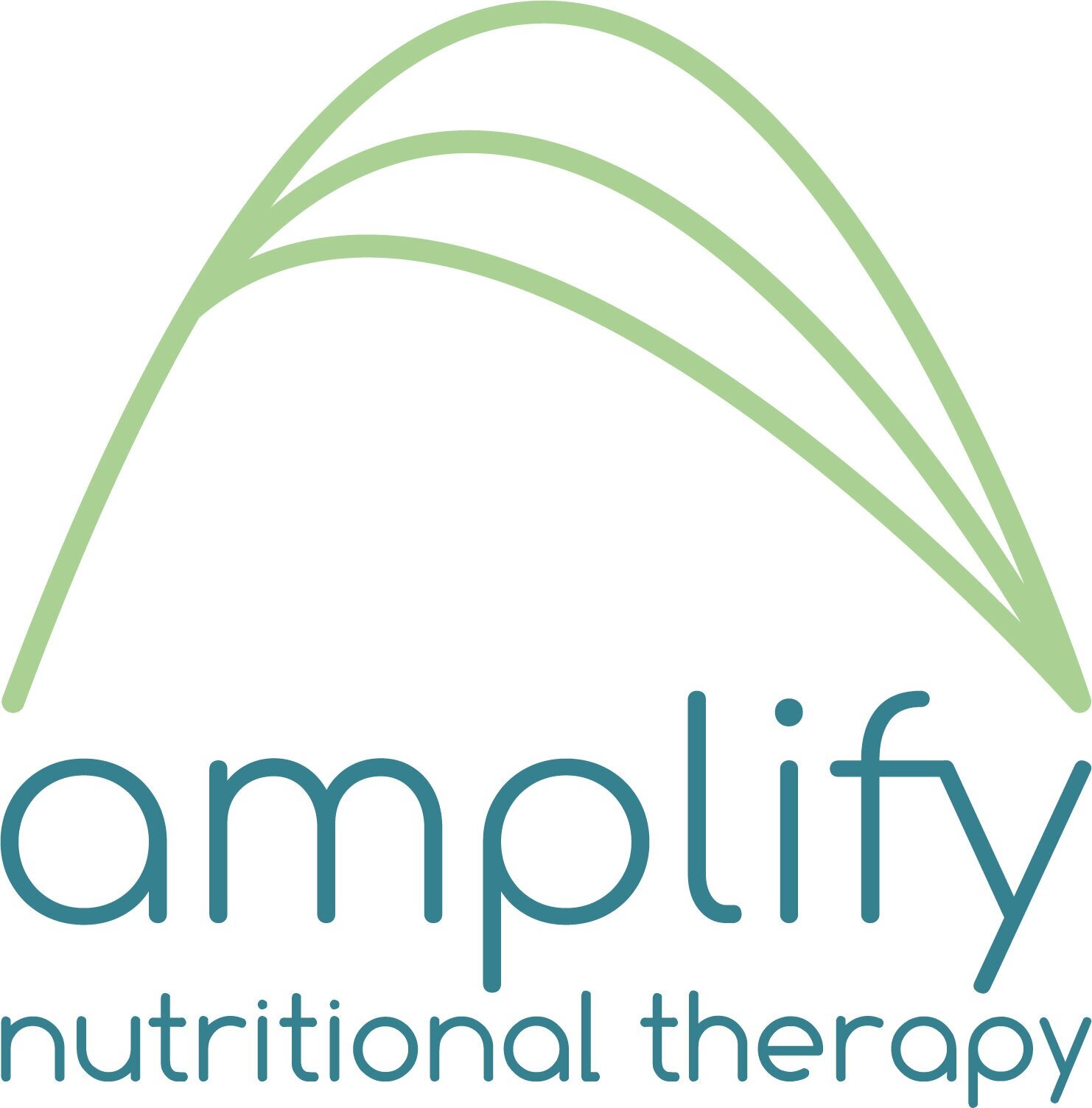Supporting Seasonal Allergies
Seasonal allergies are now in full swing and with many people suffering with hay fever, it is worth considering possible support options, especially if you don’t like the side effects of medications.
There are many different types of hay fever (allergic rhinitis), which is an immune response to allergens such as different types of pollen as well as mould, damp, feathers, animal dander and dust mites.
Histamine is an inflammatory agent found in the body in a white blood cell called a
mast cell involved in allergies and anaphylaxis. Mast cells are an important and protective part of our immune system, and when they open, they release histamine into the body and generate those responses such as sneezing, asthma, sore eyes, inflamed nasal passages and sinuses - symptoms of allergy.
Foods
These are foods that naturally fight inflammation and help to stabilise mast cells:
Pineapple. This fruit contains an enzyme called bromelain, known to fight the inflammation caused by pollen. It also contains vitamin C, which is anti-histamine.
Apples, broccoli, onions, coriander leaves, basil (including holy basil tea) all
contain good amounts of quercetin, a type of bioflavonoid which has anti-inflammatory properties.
However apples are a no-go if you know you are allergic to birch pollen. In these cases, the human immune system confuses the apple and the birch pollen allergen causing the same reactions to the nose, mouth and throat – known as the oral allergy syndrome (an itchy mouth and a swollen tongue).
Watercress is a cruciferous vegetable with a peppery, tangy taste like
rocket. It is considered one of the most nutrient dense plants commonly
available. A study showed that watercress inhibits 60% of all histamines
released from mast cells.
Pomegranates (including the juice) have a sweet but tart taste and are used in both savoury and sweet foods. They contain polyphenols, such as tannins and anthocyanins, and are higher in anti-oxidants than green tea. A study showed that they act as mast cell stabilisers.
Vitamin C – a natural anti-histamine – found in high vitamin C fruits such as oranges, kiwi, cherries, blackcurrants, peppers, melon, kale, spinach, broccoli, parsley.
Teas – Camomile or nettle tea. Camomile can help inhibit histamine release and nettle is anti-histamine. Peppermint tea can help clear nasal passages. Camomile is also great as an eye compress to cool swollen, red eyes.
Turmeric – helps prevent mast cell activation as well as being a great anti-oxidant.
Peaches – a potential mast cell inhibitor.
Black cumin seed – anti-histamine and a powerful anti-oxidant. This is great as oil in salad dressing or taken straight from the spoon.
Supplements
Natural anti-histamine supplements that may support.
Quercetin can be purchased in supplement form. It can inhibit the production and release of histamine by stabilising mast cells. Some of the better quercetin supplements also add vitamin C and nettle – both natural anti-histamines.
Zinc – may help prevent histamine being released from the mast cells. Zinc is key in immune health.
Vitamin D – needed for mast cell stability.
There is increasing evidence that gut health may be implicated in hay fever and other allergies – yet another reason for taking care of our gut. This makes sense given over 70% of the immune system resides in the gut. The research is patchy but growing that the probiotic strain LP299V ( L-Plantarum) may support.
Food Sensitivities
Food sensitivities are often an indicator of poor gut health producing immune mediated reactions that can manifest themselves as an allergy, or make your hay fever symptoms worse. Common foods include gluten, dairy, coffee, yeast, eggs and nuts. However, just as there are anti-histamine foods, there are foods that can generate more histamines than your body can handle or that contain a chemical that has the ability to release histamines within the body. If you suspect this is the case, then start a food diary and keep a note of your symptoms before you see a health practitioner. You can download a tracker here.
Some perfumes and chemicals in bath and beauty products may also make things worse. Pare things back and choose natural products, eg coconut oil for body moisturiser.

